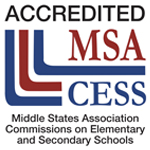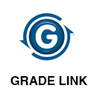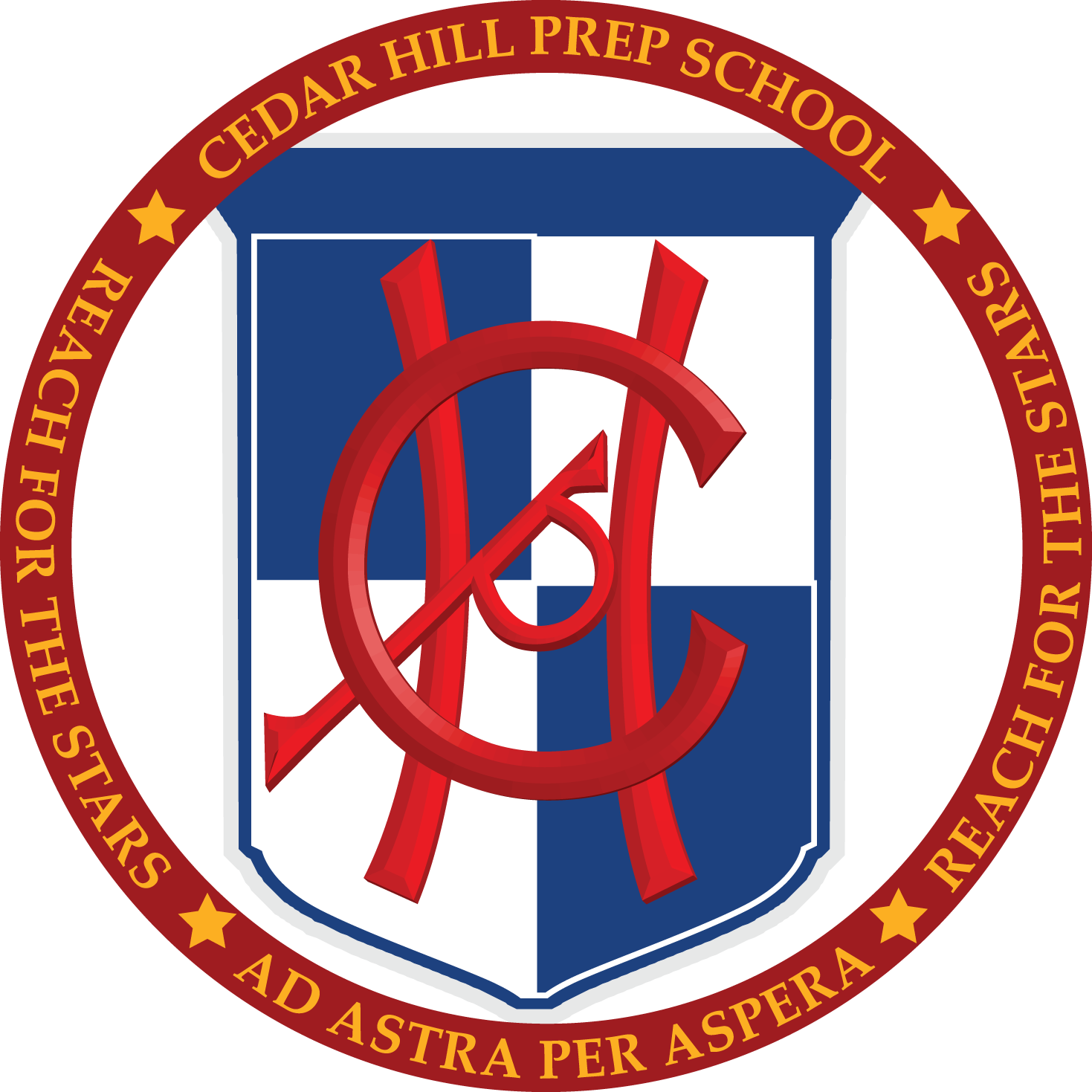Education has always been considered a long-term investment by many people. Allocating resources for education (either for oneself or one’s child) has historically proven to pay large dividends in terms of financial security and social status in the long run and is generally accepted as a direct benefit of being educated.
Most often, when considering “investing” in an education, one immediately concludes it is at the collegiate level since it has a direct impact on the long-term economic growth for an individual. While this may be true, it’s time to re-evaluate this paradigm.

Today most children start formal education when they are 3 years old. This is the first opportunity to engage the mind, teach them language, guide them to speak, listen, hear and think. Over the last few years, Brain Science, the connection between the neuroplasticity of the brain and learning patterns has garnered significant attention.
According to Dr. Nadine Gaab, from Harvard Medical School and Professor at Harvard Graduate School of Education –
“By early kindergarten or preschool, the child must learn phonological processing, which is the ability to manipulate the sounds of language, such as adding or deleting sounds to make words. The child mus then learn to read single words and develop the vocabulary necessary to read and understand sentences and paragraphs, and, finally, master the ability to read fluently with reasonable speed.”
This clearly shifts the prior mindset of parents from sending children to preschools to primarily provide social opportunities to actually finding an early childhood program with qualified, trained, early childhood specialists.
New studies have shown that the benefits of investing in education at a very young age can pay off significantly— and they continue to pay out through the rest of the child’s life. As we move from a homogenous, monolingual society to a multi linguistic, cultural melting pot, parents need to reconsider the end goal of the educational environment.
The end goal has to be for the child to receive direct, explicit instruction in small class sizes where the school’s goal is to produce above average students and not the bare minimum proficiency levels as set by the core curriculum standards. There is clear evidence that a good early childhood program can alleviate many of the language learning deficits or social learning deficits in children.
How many parents realize that students are tested for language based learning deficits only at the end of Grade 2? By then the child is speaking fluently and reading at a given rate. However, if the child has not learnt the correct methodology for decoding and encoding, then it is quite difficult to reteach a child at Grade 3!
How To Measure Investment Success
There are many ways we can measure if an investment will pay off — and how much. One way is determining the Return on Investment, or ROI. Applying its financial formula (Net Profit / Total Investment multiplied * 100) can help you understand and measure exactly how much a specific investment will gain.
We don’t often consider measuring the ROI of sending our kids to a private school. Most parents would probably use their objective perception as a baseline for success and ask questions like, “How much progress did my child make last year?”, “How does he/she compare to his/her publicly-schooled peers?”and “How do I feel about the private education my child is receiving?”
The education has to clearly demonstrate visible learning outcomes and incremental learning of concepts. Therefore, when it comes to early childhood education, it is easy to think that such an ROI is mostly qualitative — earlier development of reading skills, better social skills, a wider array of extracurricular activities — thus producing a more well-rounded student.

These skills are generally seen as the primary goal of early education and are desirable because they lead to other skills which, in turn, set the student up for the best possible opportunities later in life. They lay the foundation for later academic success.
But what about some hard and cold facts?
Quantifying The Return on Investment of Early Education
Recent studies have laid out a much more quantitative method of measuring the ROI of an early childhood education at a private institution, and you’d be amazed at what researchers have found!
James Heckman is a Nobel laureate, the director of the Center for the Economics of Human Development at the University of Chicago, and a Professor of Economics.
In December, Heckman published a paper entitled, “The Lifecycle Benefits of an Influential Early Childhood Program.” This paper reveals the results of a study Heckman conducted, a long-term analysis of two programs founded in the 1970s in North Carolina.
These programs began working with infants at eight weeks old and graduated pupils at age five. They also conducted surveys on their pupils, collected data from birth through age eight, and then provided long-term follow-ups with alumni. As a result, these programs gave a top-down view of many home and life factors that might impact a student in school, and they were able to provide data about how pupils fared in the long run.
 In his study, Heckman ran monetized numbers on the participants, including the cost of healthcare, cost of increased supervision at these programs, cost of extracurricular activities, etc.
In his study, Heckman ran monetized numbers on the participants, including the cost of healthcare, cost of increased supervision at these programs, cost of extracurricular activities, etc.
He then accounted for the variables that these programs impacted on their students’ lives: higher IQs, decrease in crime rate, decrease in reliance upon federal healthcare systems, etc.
Believe it or not, private schooling at a young age had several advantages:
- Decrease in obesity and an increase in overall health and wellness.
- Better-developed social and emotional skills, such as self-control and the the ability to monitor.
- Children had access to more information, were more engaged, and took more control in their own lives.
- Children were more willing to participate in society.
When he ran the numbers, Heckman discovered that the private tutelage these students received could be broken down as an ROI of 13% per student per annum. That’s a big return in terms of investment! Imagine a guaranteed return of 13% per year on a 401(k) investment.
When translated into quantitative numbers in this way, it almost seems neglectful not to consider private schooling as an option for early childhood education.
The benefits of private schooling for pupils are thus irrefutable, but there’s an additional consideration: the benefits of private schooling on a greater economy. Studies have shown that private schools have an extremely positive impact upon a community’s economic growth.
Private schools create well-paying jobs for qualified employees, and they fuel surrounding businesses. The inclusion of extracurricular activities allows parents to work more efficiently and consistently at their own jobs. These factors, in turn, provide further ROI for the surrounding communities.
Private school is truly an investment that will last your child’s entire life, and it’s useful to think about it as something that will impact all areas of his/her life, including his/her future interactions with the community.
(Image Credit: Heckman)






